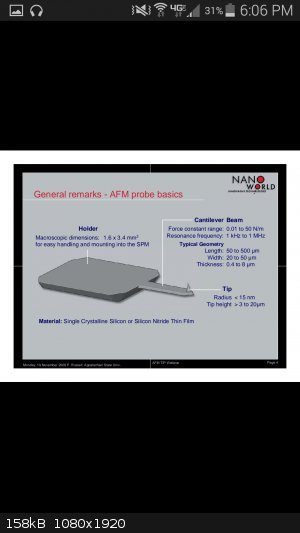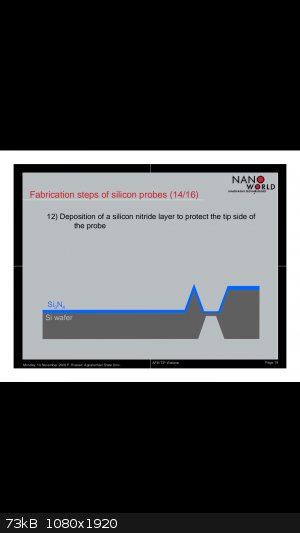SupaVillain
Hazard to Others
  
Posts: 171
Registered: 28-10-2014
Member Is Offline
Mood: No Mood
|
|
Silicon Nitride Deposition (PVD)
Basically what im asking is, during magnetron sputtering will 25%argon/75%nitrogen gas change the composition of silicon nitride as it forms a layer?
In magnetron sputtering the plasma is etching away at silicon nitride sample and the molecules shoot out from it and onto a silicon wafer.
Im wondering if the nitrogen gas is going to be enough to turn the wafer's exposed layer into silicon nitride but im worried about that because my
application is for AFM probes so thin that once the silicon nitride layer is removed there wont be anything left...after reading this..."The material
(Si3N4) is prepared by heating powdered silicon between 1300 °C and 1400 °C in an atmosphere of nitrogen:
3 Si + 2 N2 → Si3N4
The silicon sample weight increases progressively due to the chemical combination of silicon and nitrogen"
[Edited on 3-2-2015 by SupaVillain]
|
|
|
SupaVillain
Hazard to Others
  
Posts: 171
Registered: 28-10-2014
Member Is Offline
Mood: No Mood
|
|
If the nitrogen gas, in combination with the plasma's temperature and effect wont be enough to synthesize Si3N4 out of the silicon wafer, then I think
i can use it... but pure argon would be much better because of this. My application is these AFM probes....
 
|
|
|
DrMario
Hazard to Others
  
Posts: 332
Registered: 22-9-2014
Member Is Offline
Mood: Underpaid.
|
|
What you're talking about is "reactive sputtering" or "reactive PVD" as it involves a chemical reaction. The good thing about reactively sputtered
silicon nitride, is that you can control the stoichiometry of the SiNx film, therefore controlling things like compressive or tensile stress,
porosity, etc.
The bad thing about reactive sputtering for making SiNx films comes from the same thing that makes these films interesting: you will never have a
Si3N4 film with really good stoichiometry. For that you'd need low pressure chemical vapor deposition (LPCVD).
|
|
|
DrMario
Hazard to Others
  
Posts: 332
Registered: 22-9-2014
Member Is Offline
Mood: Underpaid.
|
|
FWIW, I've reactively sputtered tungsten nitride, and did play around with the nitrogen flow to change the properties of the film.
|
|
|